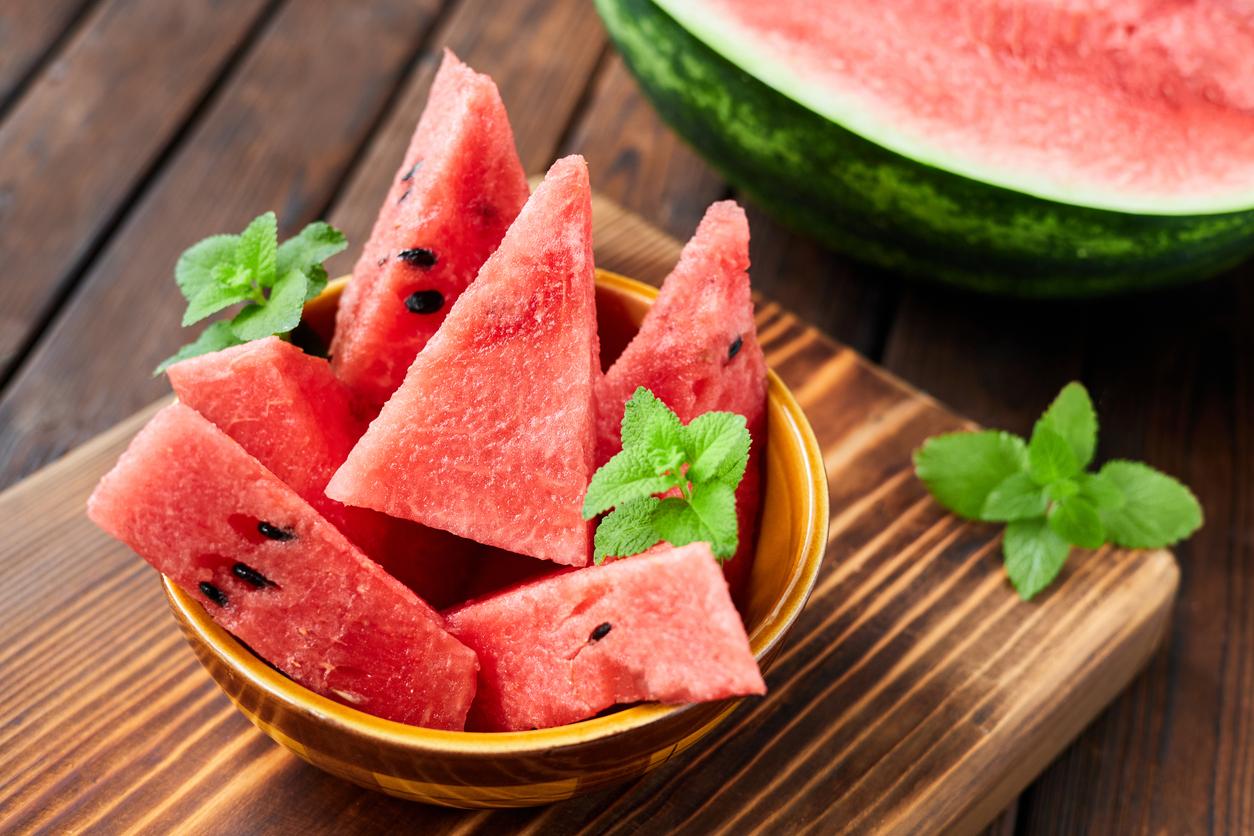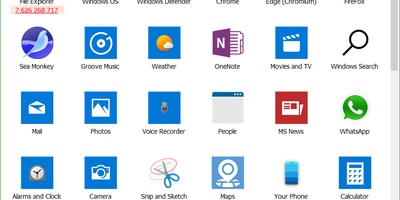
Nothing says “summer” like a watermelon. Healthy, tasty and incredibly versatile. But what’s the easiest way to get that sweet flesh out of the skin? We explain it and, in passing, also tell you how you can see whether such a thing is ripe. Plus, you get three tasty watermelon recipes.
Did you know that the watermelon is not only seen as a fruit, but also as a vegetable? The fruit is native to southern Africa. Like peppers and tomatoes, the watermelon is botanically a fruit. However, like cucumbers and pumpkins, watermelons grow after sowing seeds and therefore the watermelon is said to be a vegetable. We don’t care: watermelon is especially tasty.
Sweet and healthy
The watermelon consists of no less than 90 to 95 percent water, which makes it a good thirst quencher. The rest of the fruit is made up of fiber, fruit sugars and, among other things, vitamin A, vitamin C, potassium, magnesium, calcium and iron. Lycopene and beta-carotene are also present. We basically only eat the pulp. In some Asian countries, the seeds are roasted and eaten. These snacks contain 35 percent protein, and various vitamins and minerals such as iron, copper and magnesium.
How do you recognize a ripe watermelon?
Most fruits will still ripen on the fruit bowl, but a watermelon will not. So it is important to buy a ripe fruit. First of all, pay attention to the outside. Opt for a melon that looks dull. A shiny melon is unripe. In addition, a ripe watermelon often has a yellow spot on the skin. This spot indicates that the watermelon has been placed on the ground to ripen in the sun. If the yellow spot isn’t there, chances are the fruit isn’t ripe. Also pay attention to the weight: the heavier the melon, the riper it is. Knocking also provides a lot of clarity. Does the melon sound hollow when you tap it? Then you have a ripe copy. The handle also says a lot: press it gently. If it yields, it indicates that the melon is ripe. A ripe melon also gives off a slightly sweet smell.
A final tip for the vegetable gardeners among us: close to the watermelon is a twig with a curl (a tendril or suture vine). When it is brown, the watermelon is ripe.
How do you clean a watermelon?
A watermelon can be awkwardly large, difficult to grip and sometimes slippery. Cutting a watermelon is therefore a challenge that many people dread. With the simple trick in the video below you can cut any watermelon in no time, without a sticky countertop afterwards.















